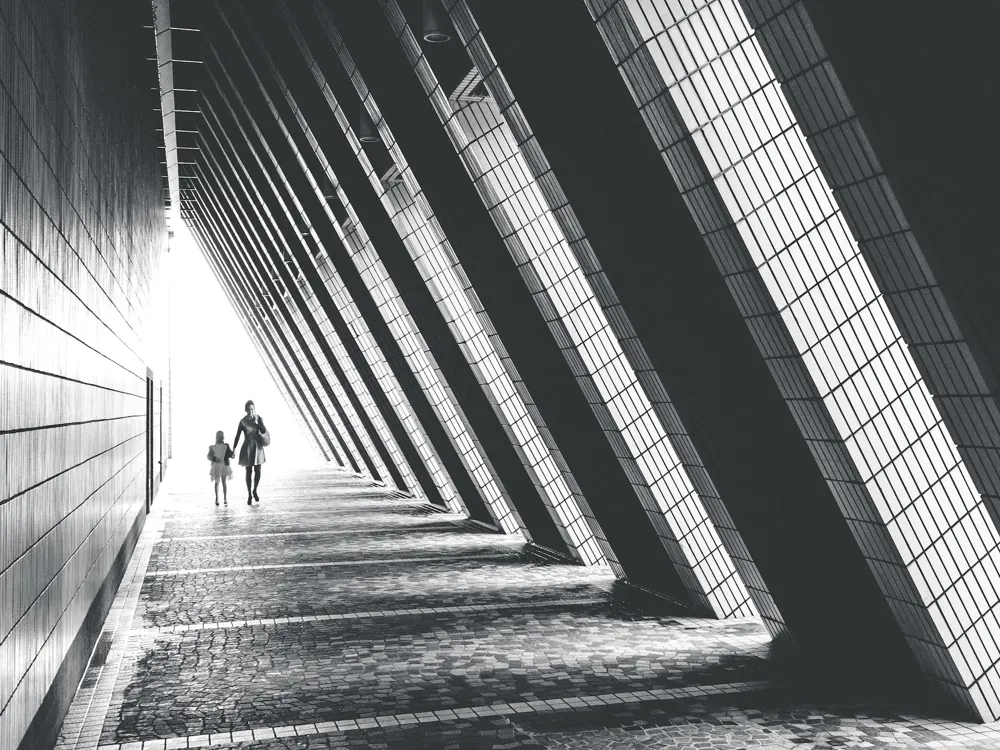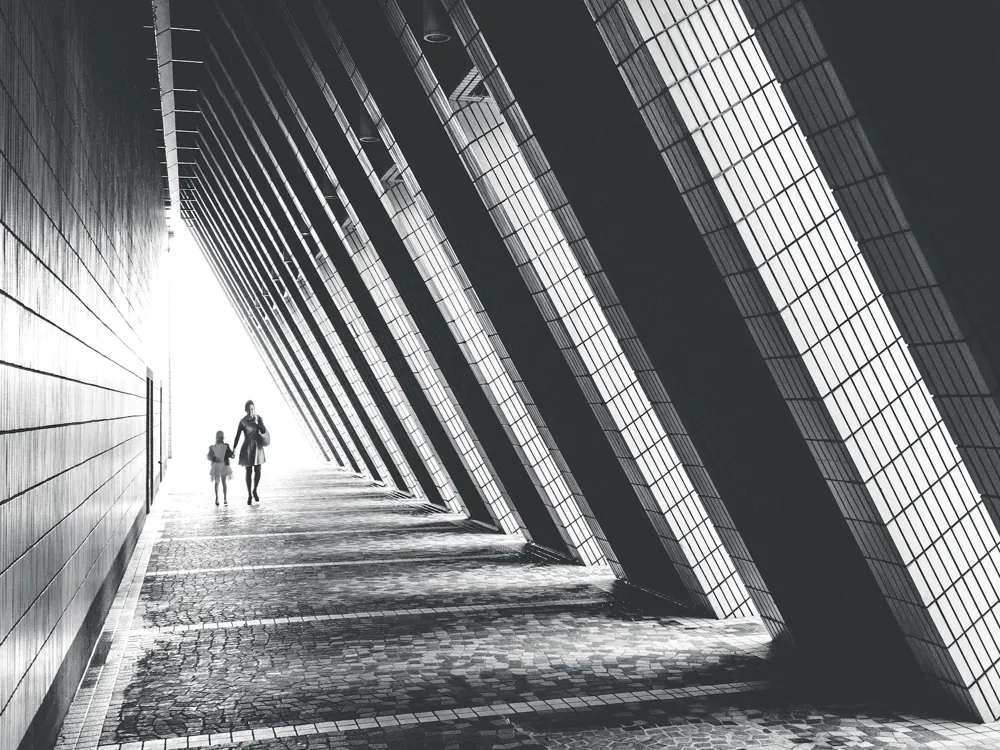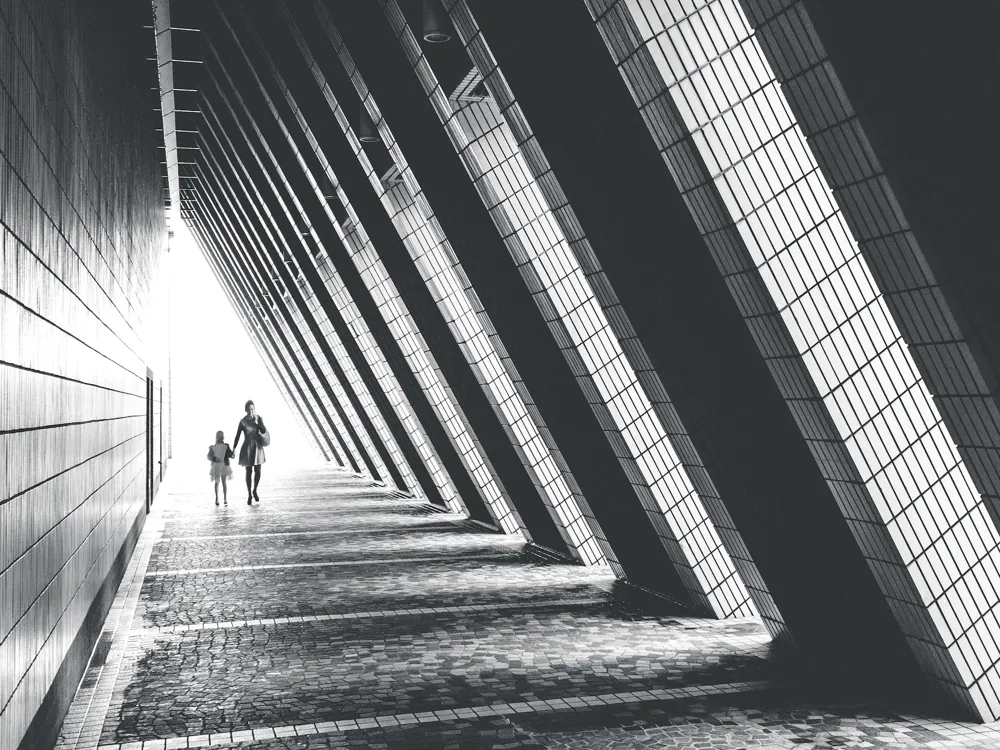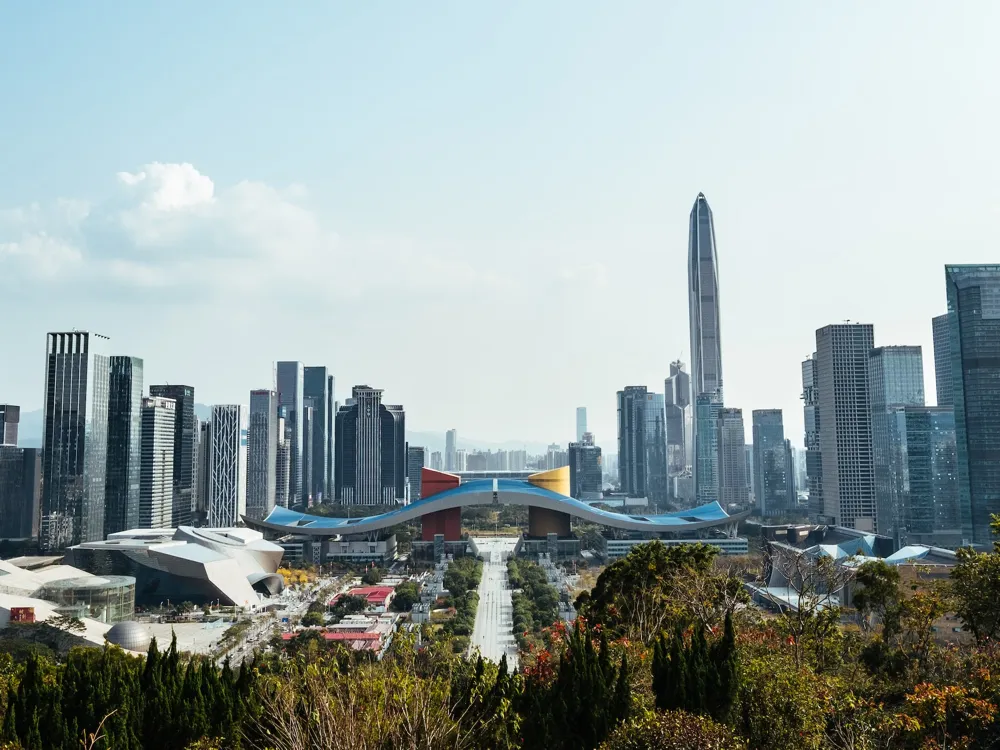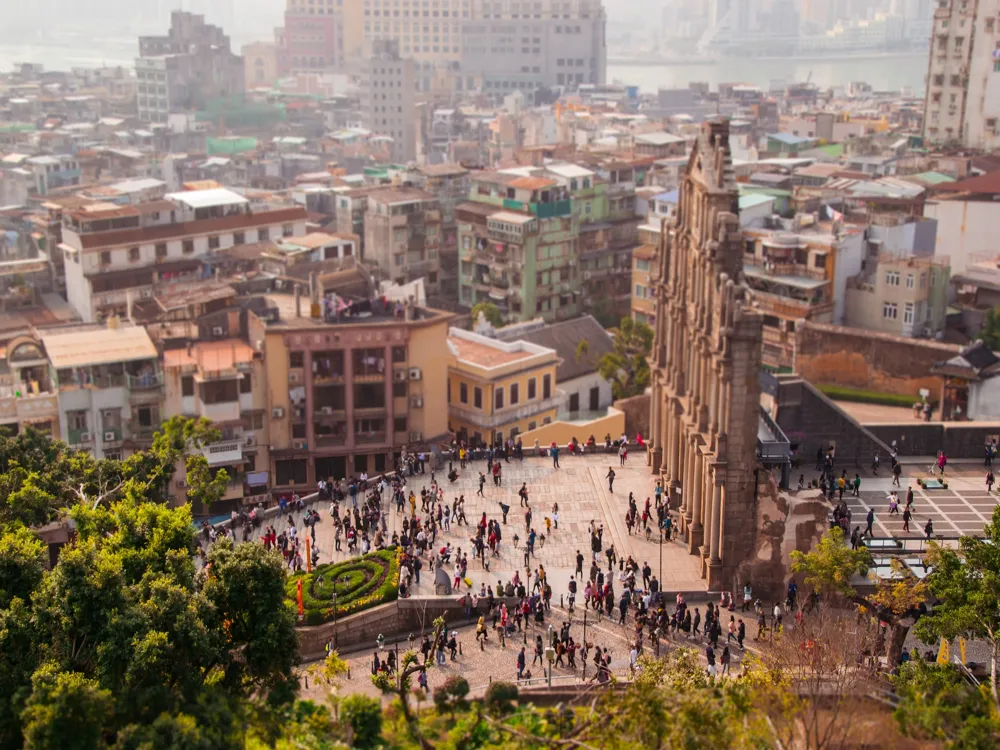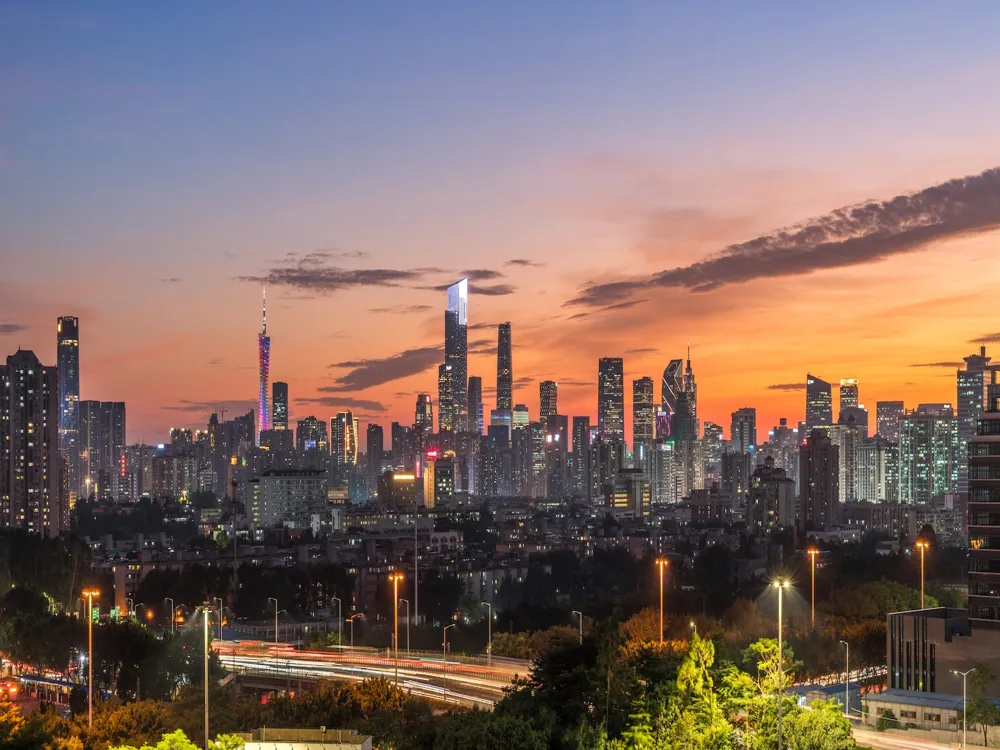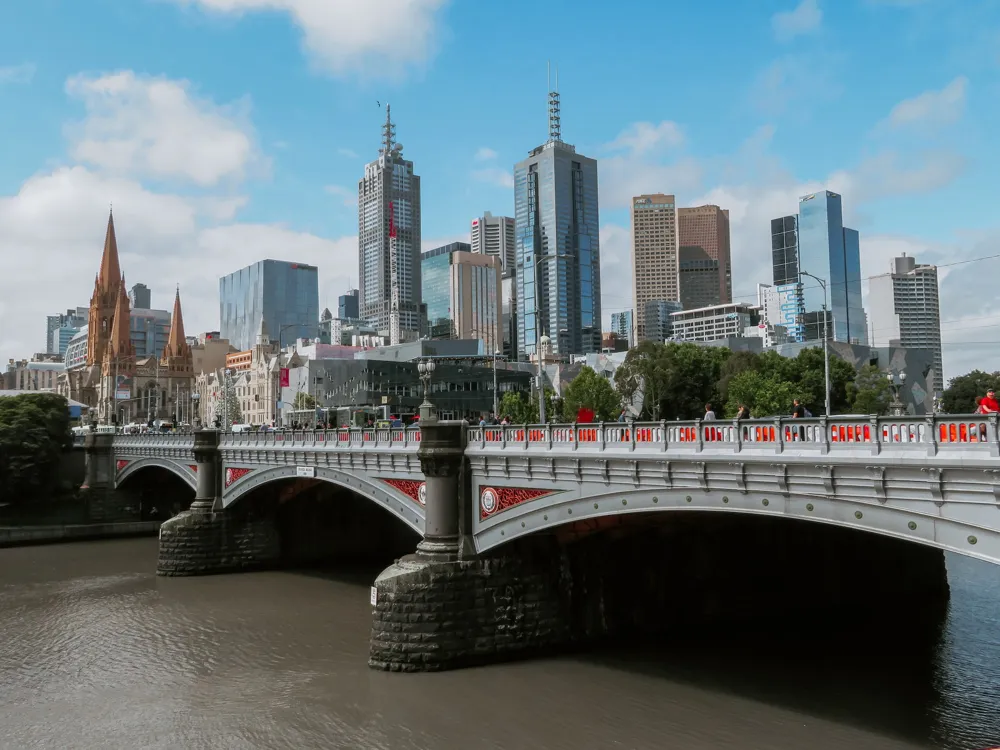The Bank of China Tower, an architectural marvel in Hong Kong, stands as a testament to modern design and engineering. This iconic skyscraper, completed in 1990, is not only a significant part of Hong Kong's skyline but also a symbol of the city's economic prosperity and architectural innovation. Designed by the renowned Chinese-American architect I.M. Pei, the tower's unique structure, which resembles a growing bamboo, reflects principles of geometric design and traditional Chinese aesthetics. Rising 367 meters tall, it was the tallest building in Hong Kong at the time of its completion and currently ranks as one of the tallest in the city. The tower's design is deeply symbolic. Its asymmetrical form is composed of triangular frameworks, and the sharp edges are said to resemble growing bamboo shoots, symbolizing strength and vitality in Chinese culture. Additionally, the building's reflective glass façade not only adds to its aesthetic appeal but also serves practical purposes, reducing heat and glare. The Bank of China Tower is not only a hub for financial activities but also a cultural landmark, attracting tourists and architecture enthusiasts from all over the world. Its observation deck on the 43rd floor offers breathtaking views of the city, making it a must-visit destination in Hong Kong. The Bank of China Tower is a masterpiece of architectural ingenuity, blending modern design with traditional elements. The building's structure, resembling a prism, is a complex arrangement of four triangular shafts which merge to form a single pinnacle. This unique design not only gives the tower its distinctive appearance but also enhances its structural stability. The use of diagonal frameworks, a departure from conventional vertical and horizontal construction, allows the building to withstand the typhoons and seismic activities common in the region. The use of high-performance reflective glass in its construction is another architectural highlight. This feature not only contributes to the tower's visual impact but also plays a crucial role in its energy efficiency. The glass reduces solar heat gain, thereby minimizing the need for air conditioning and reducing energy consumption. The interior of the Bank of China Tower is as impressive as its exterior, with luxurious finishes and state-of-the-art facilities that reflect its status as a premier business hub. Despite its modern design, the tower has not been without controversy. Its sharp edges and negative feng shui implications initially caused concern among local residents. However, modifications and the addition of elements like the small mirror and cannon-shaped structures on the adjacent buildings have mitigated these concerns. Today, the tower stands not just as a piece of modern architecture but as a harmonious blend of tradition and innovation, echoing the dynamic spirit of Hong Kong. The ideal time to visit the Bank of China Tower is during weekdays, preferably in the morning, to avoid the crowds. The observation deck offers clearer views on sunny days, making clear weather conditions the best for visiting. Access to the observation deck on the 43rd floor is free, but visitors need to register at the ground-floor reception. It's advisable to carry a valid ID for this purpose. After visiting the tower, explore nearby attractions like Hong Kong Park, the Peak Tram, and the nearby shopping and dining options in Central Hong Kong. For photographers, the best shots of the tower can be captured from nearby vantage points like Victoria Peak. Inside, the use of tripods may be restricted, so be prepared for handheld photography. The Bank of China Tower is easily accessible by various modes of transportation. The most convenient way is by MTR (Mass Transit Railway); the nearest station is Central Station, which is a short walk from the tower. Buses and taxis are also available, offering direct routes to the tower. For international visitors, the Hong Kong International Airport is the gateway, with efficient airport express services linking to the Central Station. Read More:Overview of Bank of China Tower, Hong Kong
Architecture of Bank of China Tower
Tips When Visiting Bank of China Tower
Best Time to Visit
Observation Deck Access
Nearby Attractions
Photography Tips
How To Reach Bank of China Tower
Bank of China Tower
Hong Kong
NaN onwards
View hong-kong Packages
Hong-kong Travel Packages
View All Packages For Hong-kong
Top Hotel Collections for Hong-kong

Private Pool

Luxury Hotels

5-Star Hotels

Pet Friendly
Top Hotels Near Hong-kong
Other Top Ranking Places In Hong-kong
View All Places To Visit In hong-kong
View hong-kong Packages
Hong-kong Travel Packages
View All Packages For Hong-kong
Top Hotel Collections for Hong-kong

Private Pool

Luxury Hotels

5-Star Hotels

Pet Friendly







